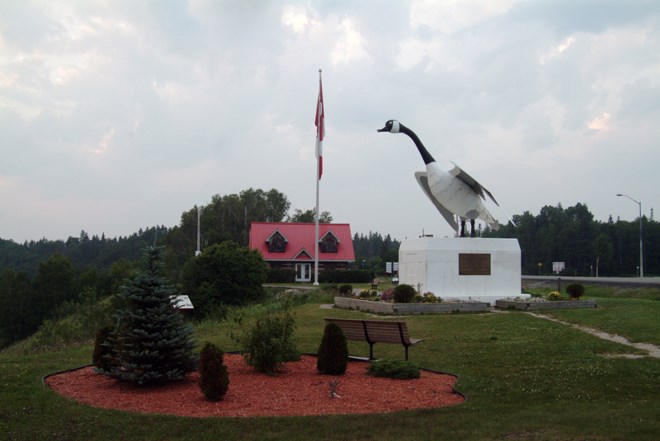Paying high power prices is nothing new to Wawa residents.
The northeastern Ontario community near the shores of Lake Superior endures the third highest electricity rates in the province and are among the highest consumers of water per capita.
Wawa’s economic development corporation is out to change that with the unveiling of a new strategy designed to identify cost-saving measures for just about every facet of community life.
Started in 2014 and finalized in January, the Wawa Energy Plan received province-wide recognition in early February from the Ontario Sustainable Energy Association as its Community Project of the Year at the group’s annual gala in Toronto.
Maury O'Neill, CEO of Wawa's Economic Development Corporation, said it’s been a collaborative grassroots effort to produce the action plan, which revolves around energy conservation and educational awareness.
“We’re a small town so a lot of our efforts are centred around building local awareness and educating the public on the true cost of energy in all its forms,” she said. “Not just the cost to the environment, but the cost to the economy and to the social aspect of the community.”
It’s not been an easy road for the former mining town of almost 3,000 people over the last two decades. Since the iron ore mine closed in 1998, Wawa’s been struggling to maintain services and keep businesses alive.
In the plan, Wawa’s prospects are described as being dim as “little to no economic growth is anticipated,” so the community needs to be innovative in bringing its electricity, heating, waste, water and transportation costs under control.
With no natural gas pipeline connection, the town’s energy plan is focussed primarily on electrical heat, but addresses water conservation, reducing landfill waste through recycling and composting, examines the future use of green renewable energy, and tackles the chronic issue of untreated storm water outflowing into Wawa Lake.
They’ve set targets to cut per capita electricity usage of 10 per cent, water usage by 25 per cent, and cut waste to the landfill by 25 per cent.
Putting the plan together involved the input of hundreds in the community.
Algoma Power (formerly Great Lakes Power Distribution) provided two years of power consumption data to demonstrate how much energy the community was using.
“We created some maps showing the differences year to year of energy use, and out of that came the plan’s development,” said O’Neill. “You often hear plans are done but they sit on a shelf. We’ve been extremely active in implementing the strategies from the plan. “There were many recommendations and we narrowed it down to ten things that we felt were basically low cost, quick wins and could show an initial return on investment in the beginning.”
Some are works in progress, others have been completed.
They range from loaning heat guns to residents to perform energy audits on their homes to installing solar panels on municipal buildings and water meters on homes and businesses. They also plan to establish a dialogue with area businesses and First Nations revolving around
“There were many recommendations and we narrowed it down to ten things that we felt were basically low cost, quick wins and could show an initial return on investment in the beginning.”
Some are works in progress, others have been completed.
They range from loaning heat guns to residents to perform energy audits on their homes to installing solar panels on municipal buildings and water meters on homes and businesses.
They also plan to establish a dialogue with area businesses and First Nations revolving around biomass energy opportunities
In the long run, O’Neill believes Wawa can conceivably disconnect itself from the provincial power grid.
A liquefied natural gas proposal for the North Shore remains on the books, and with the boreal forest at its doorstep and a wood pellet producer, Rentech, on the outskirts of town, other alternative energy options such as a district heating plan is not out of the realm of possibility.
“I believe that the community can move toward a decentralized energy system, meaning that, long term, the community could produce (its own energy) and take care of itself,” she said.




